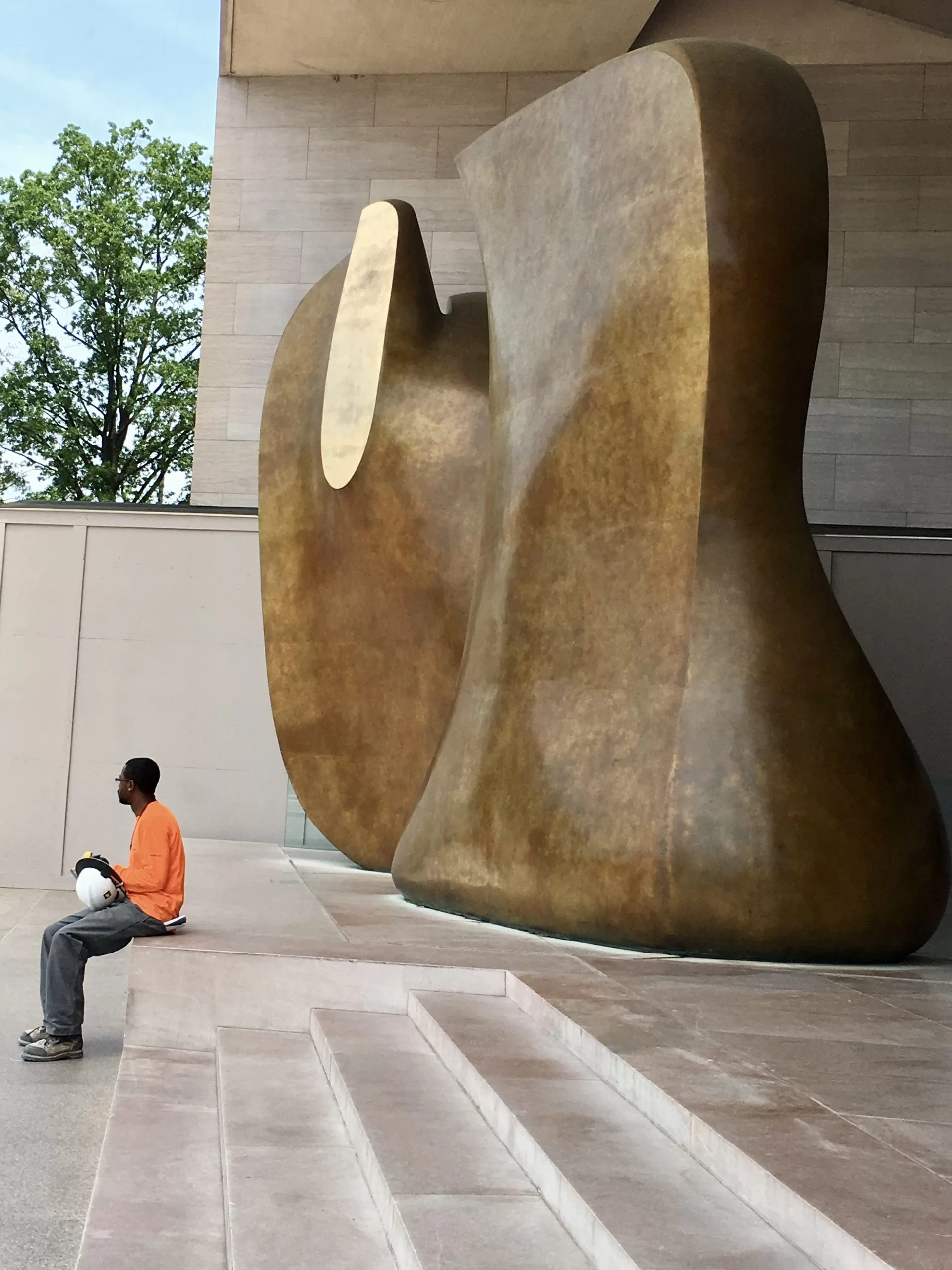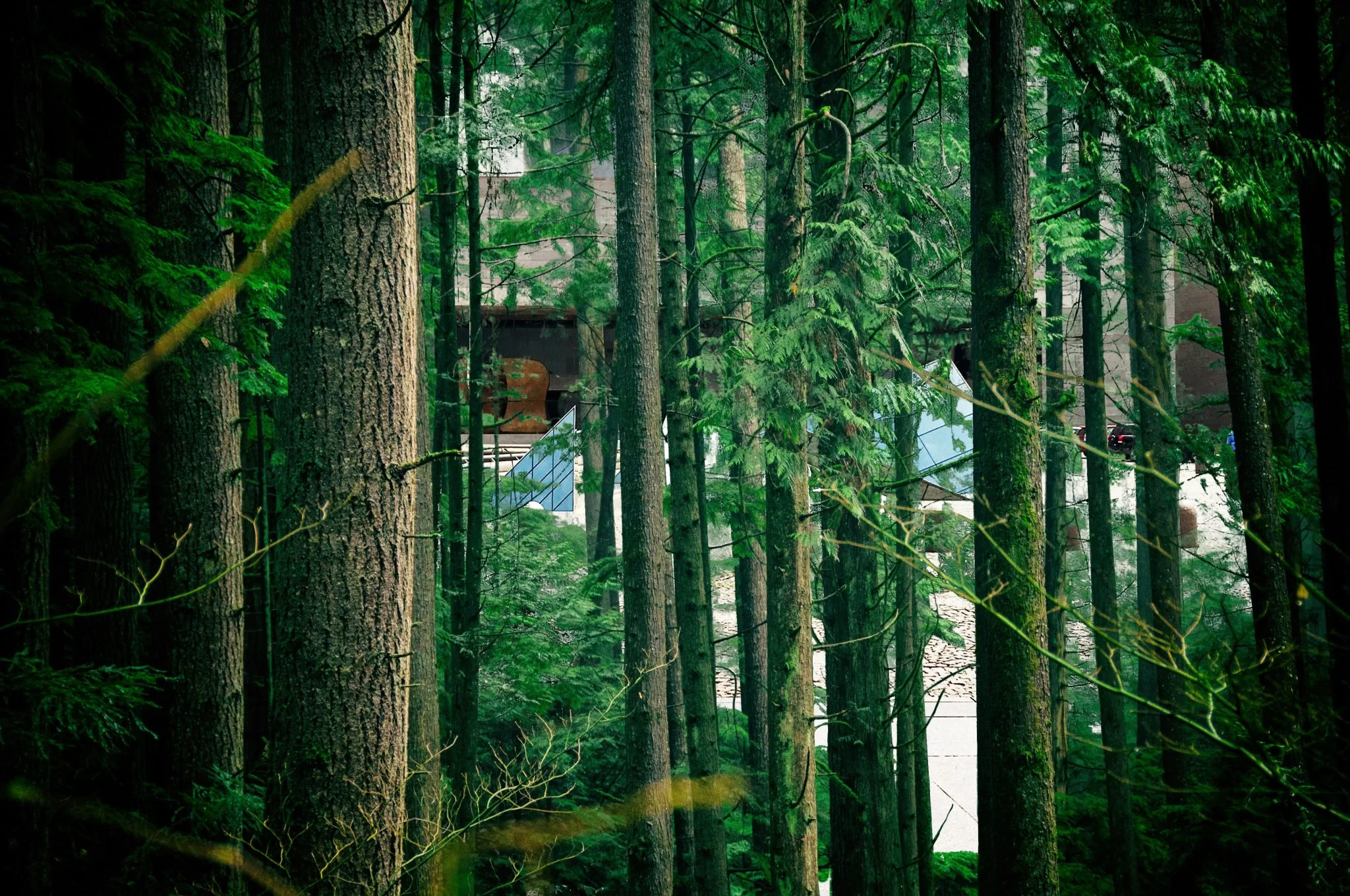Deborah Ziska, former Chief of Press and Public Information at the National Gallery of Art in Washington DC, just published an article on the AAM blog about her experience engaging the Black community, leveraging a Romare Bearden retrospective exhibition held there in 2003.*
It is incredibly easy to criticize actions taken or not taken by any institution in retrospect, and Deborah’s story is one that has a lot of good in it; she rightly shares it as a positive and replicable example of the ingredients for getting this kind of local community collaboration and co-promotion right.

I’m inspired to write, however, by the following assertion from the final section of the article, a quote from Kathryn Smith, then head of DC’s official tourism organization: “It was the first time that African American history and culture in Washington, a majority black city since 1957, had been the focus of a major tourism promotion of any kind.” This exhibition was held at the National Gallery of Art on the National Mall in Washington DC in 2003.
I think it’s important to let that sink in for a bit. And then to further consider that this instance of community engagement, despite its seeming slowness, may have actually moved the National Gallery of Art ahead of the curve among major American art museums.
The tendency to look over the heads of one’s immediate community toward some other constituency is something I’ve seen happen often in art museums.
The tendency to look over the heads of one’s immediate community toward some other constituency is something I’ve seen happen quite often in my years of consulting for art museums. I also know that art museums are historically elitist institutions, and that it’s difficult to make art a priority for an audience that is financially insecure—which was certainly the case for the Black population in DC in the early 2000s—even when access is free. (This is a challenge that we helped the Bronx Museum tackle years ago.)
The problem of overlooking the local community is indeed a persistent challenge, and yet I have to marvel as Deborah encourages us to look back at this slice of museum history. According to the National Museum of American History, the Black population of Washington DC when the National Gallery was founded, in 1947, was already 35%, a number that rapidly increased over the subsequent 10 years so that DC was a majority Black city by 1957, as Kathryn points out.
It’s striking that nearly 50 years elapsed in a majority Black city before a Black artist was given an exhibition of this kind.
It is striking that nearly 50 years elapsed in a majority Black city before a Black artist was given an exhibition of this kind, and before the Black community (local or national) was specifically asked to venture out and make a visit. Asking a specific audience to come through your doors is a big deal, as just being free and accessible is not sufficient to overcome the assumptions held by outsiders to the museum world. The default assumption is “I am not invited” and it’s a byproduct of history. We saw this in our research for other free institutions in majority-minority cities such as Chicago. And taking 50 years to muster a serious invitation is validation of these assumptions. More on this topic in Museums and Race, which I wrote 10 years ago.
I am not suggesting any malevolent intent. Quite the opposite—I am struck by how such a well-intentioned, rigorously run, federally funded institution can just not see the people who live so close. It is the natural obliviousness that all institutions manifest when they do not aggressively seek out the perspectives of the “non customer,” as Peter Drucker calls them. It is also a manifestation of John Stewart Mill’s suggestion that we tend to accept whatever is as natural.
The is of the art world, and high culture in general, did not include Black artists (or women artists for that matter, which is why there is still good reason to have a National Museum of Women in the Arts), and the idea that you should engage directly with the Black community of DC through an exhibition of a prominent Black artist had not, until that moment, emerged as an actionable concept.
The “is” of the art world, and high culture in general, did not include Black artists.
I personally have a very soft spot for the National Gallery of Art, as it was the place that opened me up as a teenager to the transcendent value of art and showed me the magnificently transformative potential of museums. It became for me the standard by which all other museums are evaluated. I am eternally grateful for this gift, as it has had a significant impact on an array of subsequent life decisions, including choosing to study art history in graduate school. Though, thinking back, I do have to wonder what else the National Gallery of Art might have opened up in me at that formative moment in my life, had it more formally acknowledged its own Black community as a constituency. To underscore the demographics once more, when I had my inaugural encounters with the National Gallery of Art, Washington DC was 70% Black.
In the two decades since the Romare Bearden retrospective, the National Gallery of Art has continued to see the Black community as a meaningful audience and has acknowledged contributions it long ignored. Kudos to the team behind this work.
It does make me wonder: What things that I do now in business and in life are going to be seen, in the glaring light of hindsight, as shocking, but are now easily passed over as a given, just another part of the way the world is?



Ask for help.
We are kind, thorough and ready when you are. You just need to ask.